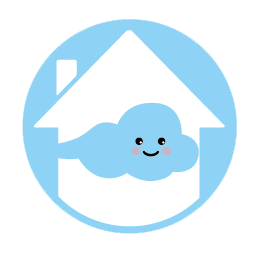
Why You Should Upgrade the Attic Insulation
Proper attic insulation prevents cool air from lingering at the lower levels while heat rises, resulting in less and tear on your HVAC unit. With less heat gain in the summer and heat loss in the winter, you’ll reduce your family’s reliance on your home’s heating and cooling systems while maintaining comfortable indoor temperatures year-round.
Lower your utility bills
There’s no getting around it: If your house is in a cold climate, keeping it warm in winter is expensive. The Department of Energy predicts that prices for natural gas and heating oil will rise again this winter compared with last—and that’s after a year in which heating-oil prices rose sharply in most parts of the country.
How expensive does a furnace repair need to be before it’s not worth repairing it? If key parts fail, such as the heat exchanger or control module, or repair costs are more than 50% of the cost of a new product, it may be better to replace the unit.2 However, you should always discuss repair vs replacement options with your HVAC technician to get a clearer assessment of the price tag of repairs and the predicted longevity of your existing gas furnace.
Safer home structure
Upgrade your attic insulation can prevent gradual damage to your home, caused by heat and moisture. It prevents water vapor from seeping in and eroding your walls. Besides, it also slows down heat buildup in your attic. That can cause the shingles on your roof to swell and crack or cause the plywood on your deck to soften. It prevents ice dams from forming when melting snow refreezes on your roof’s edge. Furthermore, insulating your attic can prevent mold that thrives in moist, cool areas. Insulation stops these problems from occurring by mitigating the effects of condensation.
Better indoor comfort
Heat naturally flows from warmer to cooler places. And even homes that are equipped with modern heating and cooling systems can cause severe temperature fluctuations when under-insulated. This means that the home can become hot or cold more quickly when the temperature changes outside, and that rooms on upper floors may differ in temperature significantly from those on lower floors. A temperature difference of 10 to 15 degrees between floors in your home is a sure sign that your home has too little insulation. Most bedrooms in U.S. homes are located on upper floors, so adding insulation is a great way to ensure comfort at night and in the early morning, when temperatures are at their lowest.

